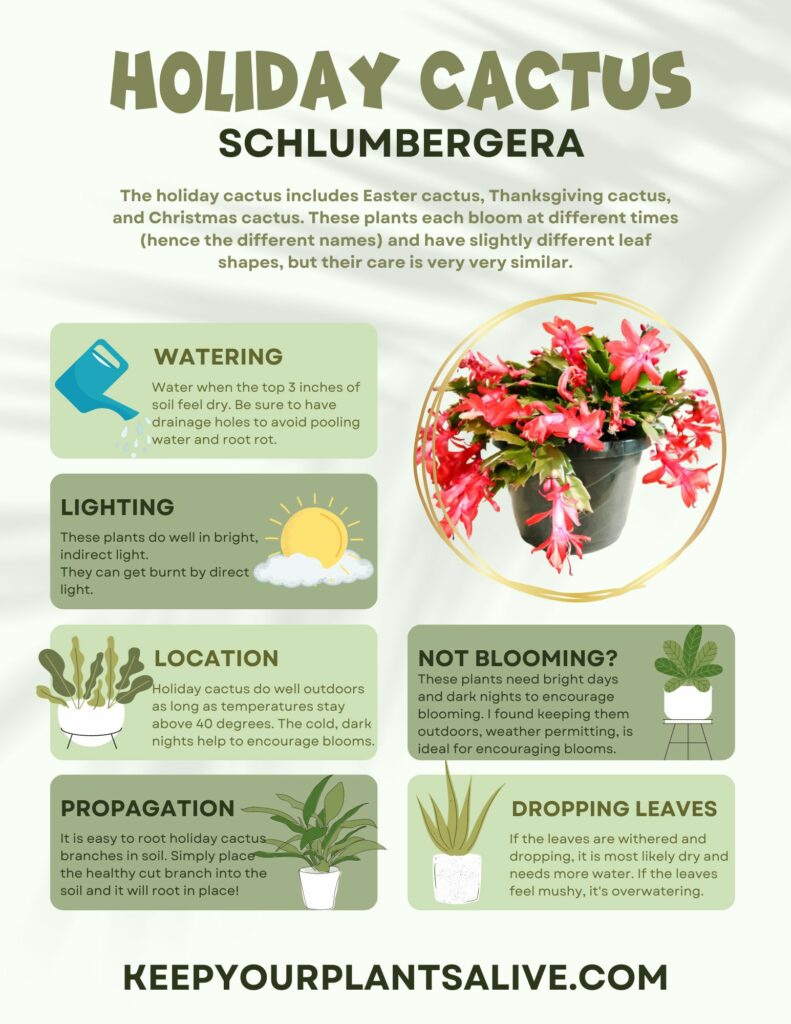When one considers the resilient and hardy characteristics of cacti, it may come as a surprise how easily they can succumb to neglect or improper care. Their alluring shapes and diverse forms often lead individuals to pursue keeping these intriguing plants, but many become frustrated when they see their beloved cactus diminishing in health. A common observation is the juxtaposition of their tough exterior with a surprising fragility when faced with improper care. Understanding the reasons behind the demise of cactus plants can shed light on the peculiarities of their care and the deep-seated fascination with these desert-dwelling wonders.
To ensure the health of these resilient plants, it is essential to avoid certain common mistakes in cactus care. In doing so, one can appreciate not only the aesthetic allure of these plants but also the remarkable biology and adaptability that cacti possess.
Understanding Cactus Habitats: The Foundation of Care
Before delving into the pitfalls of cactus care, it is crucial to comprehend the diverse habitats from which these plants originate. Cacti are native to arid regions, primarily in the Americas, where they have adapted to survive in harsh environments characterized by extreme temperatures and scarce water supplies. This remarkable adaptability influences their care requirements, which starkly differ from those of traditional houseplants.
For instance, cacti thrive in well-draining soil that mimics the sandy or rocky substrates of their native environments. A common blunder that can lead to catastrophic results is utilizing a standard potting mix that retains too much moisture. Cacti prefer a composition that allows for quick drainage, often requiring a specialized cactus or succulent mix. When water lingers in the soil, it can lead to root rot—a dangerous condition that can kill your cactus. Moreover, ensuring a pot with ample drainage holes is essential to facilitate water escape, preventing the dreaded waterlogged roots.
Light Requirements: The Importance of Proper Illumination
Another frequent misstep in cactus care involves misunderstanding their light requirements. Cacti are sun-loving plants; they naturally thrive in full sun conditions. Insufficient light can lead to etiolation, a condition whereby the cactus stretches toward the light source, resulting in a weak and elongated appearance. This weak structure not only compromises the aesthetic value of the plant but can also make it more susceptible to diseases.
Conversely, while many cacti can handle intense sunlight, some species are sensitive to sudden changes in lighting conditions. Gradually acclimating your cactus to brighter light can prevent sunburn, which manifests as bleached, discolored patches on the surface. Positioning your cactus in a location that receives direct sunlight for several hours daily, particularly during the growing season, is paramount for its health and vitality.
Watering Wisdom: Striking the Right Balance
Watering practices are often at the center of cactus care debates. Erratic watering can wreak havoc on a cactus’s health. Many novice plant keepers are lulled into a false sense of security, misled by the cactus’s resilient exterior. Some may believe that less attention equates to effortless success. However, this can lead to drastic under-watering or a fatal over-watering scenario.
Cacti typically require watering every few weeks, contingent upon the species, size, and environmental conditions. The key to watering is the ‘soak and dry’ method. Water your cactus thoroughly, allowing the water to cascade from the drainage holes, then refrain from additional watering until the soil has completely dried out. This promotes a healthy root system while preventing the proliferation of root rot. Furthermore, understanding the seasonality of cacti is vital, as they enter a period of dormancy in winter where their water requirements drastically diminish.
Temperature Tolerance: Avoiding Thermal Extremes
Temperature fluctuations can also lead to a decline in cactus health. Though many cacti are well-suited to tolerate high temperatures, extreme cold can be detrimental. It is crucial to identify the ideal temperature range for the specific cactus species you are cultivating. Many cacti thrive in daytime temperatures between 70°F and 100°F, while nighttime temperatures should remain above 50°F.
Exposure to frost can result in damage or death, particularly for tropical varieties that may not withstand chilly air. Ensuring a stable environment and protecting cacti from sudden drops in temperature is paramount, especially during winter seasons.
Fertilization Failures: The Nutritional Aspect
Cacti are often perceived as low-maintenance, but they still benefit from periodic fertilization. A common mistake is the assumption that cacti do not require nutrients due to their drought-resistant nature. Applying a diluted, balanced fertilizer during the growing season can provide essential nutrients that help promote growth and flowering.
That said, over-fertilizing can be just as harmful. Excess nutrients can lead to salt build-up in the soil, damaging roots and leading to further complications. A careful approach to feeding will ultimately yield a more robust and vibrant cactus.
Conclusion: The Art of Cactus Care
Caring for cacti may seem deceptively straightforward, but it requires a nuanced understanding of their unique needs. By recognizing and avoiding common mistakes—like overwatering, inadequate lighting, improper soil composition, exposure to extreme temperatures, and neglecting fertilization—you can cultivate thriving cacti that showcase the beauty of these extraordinary plants.
As you embark upon your cactus-keeping journey, take a moment to reflect on the intricate balance of elements necessary for these living organisms. The hidden complexity behind their care underscores the awe-inspiring adaptability of cacti, inviting both curiosity and dedication from their caretakers.





Leave a Comment